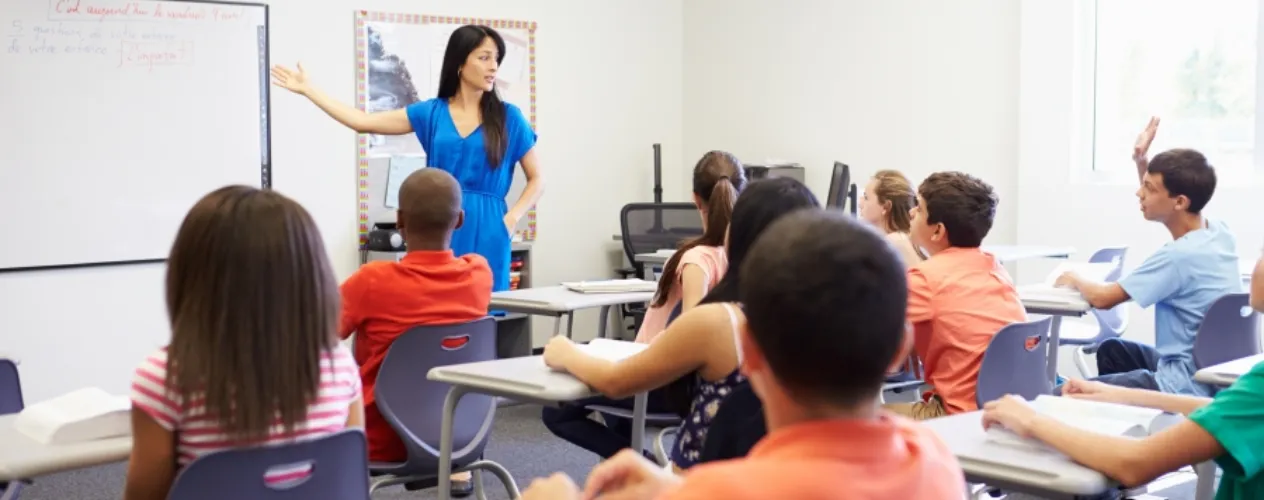Hot classrooms in the US negatively impact learning
A new study co-authored by R. Jisung Park of the UCLA Fielding School of Public Health puts data behind how hot school days equal sluggish students.

Most teachers will tell you hot school days equal sluggish students, but a new study co-authored by R. Jisung Park, assistant professor of environmental health sciences at the UCLA Fielding School of Public Health and assistant professor of public policy at the UCLA Luskin School of Public Affairs, puts data behind this widely held assumption.
Park and fellow researchers looked at the test scores of 10 million high school students from across the United States from 1997 to 2012. The students took the PSAT, a preliminary SAT test taken in 9th, 10th and 11th grades, at least twice each. The researchers compared their scores with weather data from the 365 days prior to when each test was taken. They found that students scored worse when they were exposed to more high-temperature school days (90 degrees Fahrenheit and above) prior to the test.
The study, published as a working paper in the National Bureau of Economic Research, reports that each 1 degree Fahrenheit increase in school year temperature reduces the amount learned that year by about 1 percent. Furthermore, high school students from low-income families and from ethnic minority groups experienced a greater decrease in learning during warmer years than other students. The researchers hypothesize that wealthier students could be less affected by warmer temperatures because they are more likely to have access to air conditioning in their schools or tutors and parents who can help them relearn any lessons they may have missed because they were too uncomfortable on warm days to concentrate.
Park and colleagues conclude that air conditioning can offset most of the damaging effects of cumulative heat exposure on academic achievement. Other cost-effective strategies to increasing heat resilience, however, merit further research, they say.